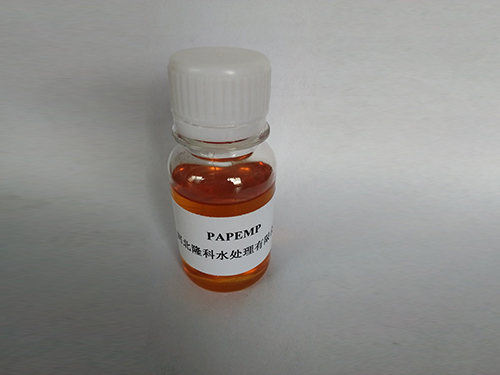Exploring the Properties and Applications of Polyacrylamide in Various Industries
Understanding Polyacrylamide Applications and Properties
Polyacrylamide (PAM) is a synthetic polymer that has gained considerable attention due to its versatile applications across various industries. This compound, primarily derived from acrylamide monomers, exhibits unique physical and chemical properties that make it an essential material in fields such as water treatment, agriculture, and biotechnology.
Chemical Structure and Properties
Polyacrylamide is formed through the polymerization of acrylamide, a white crystalline solid that is soluble in water. The structure consists of a long chain of repeating units of acrylamide, which can be modified with various functional groups to enhance its properties. These modifications lead to different types of polyacrylamides, including anionic, cationic, and nonionic varieties, each serving distinct purposes in its respective applications.
One of the critical properties of polyacrylamide is its ability to absorb water and swell significantly. This property is essential in applications that require water retention, such as in soil conditioning and personal care products. Additionally, PAM exhibits excellent thickening properties, which contribute to its widespread use in various formulations.
Applications in Water Treatment
One of the most notable applications of polyacrylamide is in the field of water treatment. PAM acts as a flocculant, aiding in the aggregation of suspended particles in water, making it easier to remove impurities. This is particularly beneficial in municipal water treatment facilities as well as in industries like paper manufacturing and mining, where large volumes of wastewater require effective treatment.
Furthermore, PAM is utilized in oil recovery processes. It enhances the efficiency of oil extraction by improving the mobility of oil in reservoirs. By injecting PAM into oil wells, operators can increase the overall yield of oil, making it a valuable component in the energy sector.
polyacrylamide pdf

Agricultural Benefits
In agriculture, polyacrylamide plays a pivotal role in enhancing soil structure and moisture retention. Its hydrophilic properties allow it to absorb and retain soil moisture, which is particularly advantageous in arid regions. Farmers incorporate PAM into soil to reduce erosion and improve crop yields by ensuring adequate water availability.
Moreover, PAM can help in reducing nutrient runoff, thereby minimizing environmental impact. The polymer forms a gel-like substance in the soil, which not only retains water but also allows for controlled release of nutrients to the plants. This leads to more efficient use of fertilizers and improved overall plant health.
Industrial Uses and Safety Considerations
Beyond water treatment and agriculture, polyacrylamide is also employed in various industrial processes, including paper production, textiles, and cosmetics. Its thickening ability makes it an effective stabilizer and emulsifier in many formulations.
However, it is essential to recognize the safety considerations associated with acrylamide. While PAM itself is generally considered non-toxic, acrylamide is classified as a potential carcinogen. Therefore, it is crucial that manufacturers adhere to strict handling guidelines to minimize exposure during production.
Conclusion
In summary, polyacrylamide is a remarkable polymer with diverse applications that play a vital role in various industries. From water treatment to agriculture and beyond, its unique properties make it an invaluable material. As research continues, there is potential for even broader applications and enhanced formulations of polyacrylamide, contributing to more sustainable practices across multiple sectors. Understanding the benefits and considerations associated with this polymer is crucial for harnessing its full potential while ensuring safety and environmental integrity.
-
lk-319-special-scale-and-corrosion-inhibitor-for-steel-plants-advanced-solutions-for-industrial-water-systemsNewsAug.22,2025
-
flocculant-water-treatment-essential-chemical-solutions-for-purification-processesNewsAug.22,2025
-
isothiazolinones-versatile-microbial-control-agents-for-industrial-and-consumer-applicationsNewsAug.22,2025
-
scale-inhibitor-key-solutions-for-water-system-scale-preventionNewsAug.22,2025
-
organophosphonates-versatile-scale-inhibitors-for-industrial-water-systemsNewsAug.22,2025
-
scale-and-corrosion-inhibitor-essential-chemical-solutions-for-water-system-maintenanceNewsAug.22,2025





